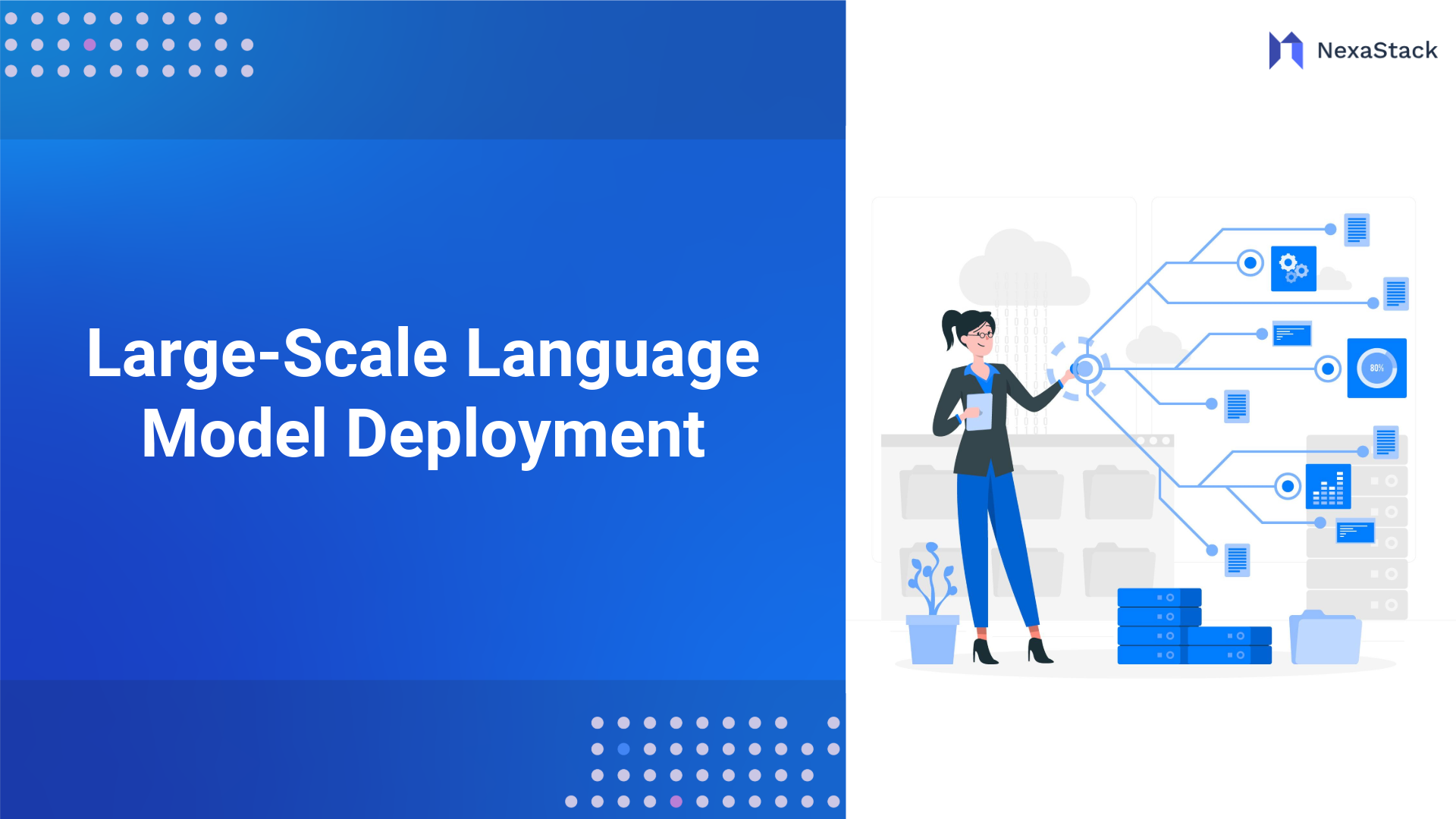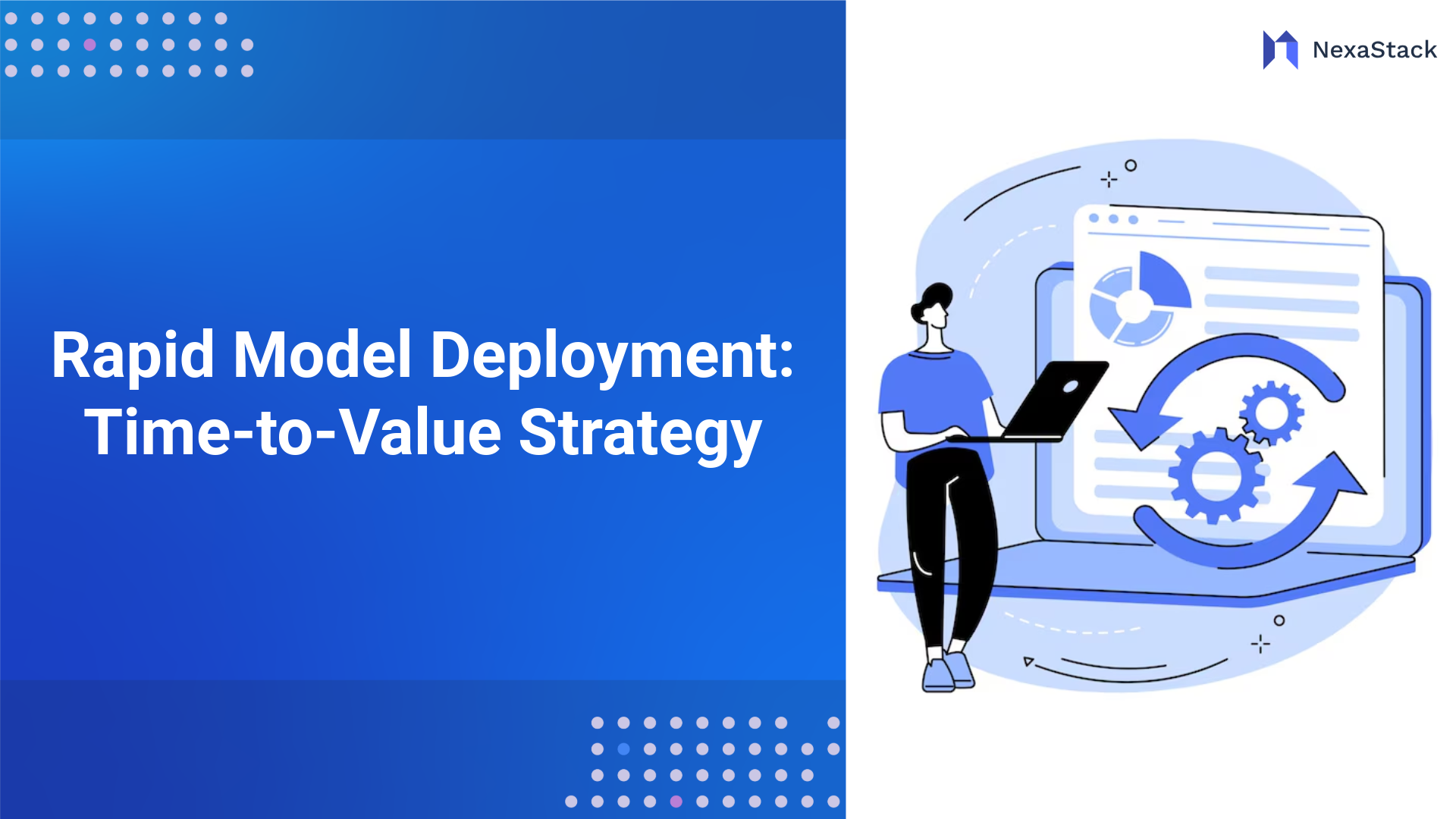Managing Drift with Unified Inference
Unified inference combats drift in real time, using centralized systems to track, compare, and adjust output behaviours:
-
Live Output Monitoring: Automated tracking of responses across use cases to flag anomalies.
-
Prompt Replay Engines: Simulate the same prompt across versions, timestamps, and user demographics to detect deviation.
-
Consensus Engines: Run parallel inferences across multiple models or versions to compare outputs and spot inconsistencies.
-
Real-Time Context Injection: To mitigate outdated output, add current news, regulatory updates, or enterprise data to prompts.
By managing drift proactively, unified inference ensures LLMs stay relevant, reliable, and aligned with user needs.
Explainability: Shedding Light on the Black Box
The Challenge of Opacity
LLMs are trained on massive, diverse datasets, developing probabilistic relationships across billions of parameters. Though articulate, their decisions are often impossible to reverse-engineer. Users and regulators ask, "Why did the model say that? " Answering that question is vital to trust and accountability.
The Risk of Poor Explainability
Without explainability, LLMs can:
-
Make biased or unethical recommendations
-
Fail audits and regulatory inspections
-
Confuse or mislead users
-
Become a liability risk for enterprises
Empowering Explainability with Unified Inference
Unified inference systems embed transparency into each interaction:
-
Token Attribution Maps: Highlight which words or phrases influenced the model’s response.
-
Chain-of-Thought Tracing: Show step-by-step reasoning used internally to arrive at an answer.
-
Attention Path Visualization: A Map that shows which parts of the context (in a prompt or multi-turn conversation) guided each output.
-
Embedded Explanations: Pair each output with a generated rationale explaining the model’s logic.
This transforms LLMs from opaque engines into conversational systems with traceable logic, which is crucial for users, auditors, and legal teams.
Compliance: Turning Policy into Practice
The Landscape of AI Regulation
Across the globe, regulators are tightening rules on how AI systems behave. Key concerns include:
-
Data Privacy: Is personal or sensitive data handled in an appropriate manner?
-
Bias and Fairness: Are outputs equitable and non-discriminatory?
-
Security and Risk Exposure: Can models leak information or be manipulated?
-
Documentation and Auditing: Are systems transparent and reproducible?
Failure to comply can result in litigation, damage to the brand, and loss of customers.
LLM-Specific Compliance Challenges
Unlike traditional models, LLMs:
-
Can hallucinate answers
-
It might reflect training data biases
-
Are susceptible to adversarial prompts
-
Lacks inherent documentation unless purpose-built
Unified Inference as a Compliance Catalyst
Unified inference enables real-time, scalable compliance through:
-
Policy-Constrained Prompting: Block or rewrite inputs that violate ethical or legal standards.
-
Semantic Guardrails: Prevent outputs that contradict medical advice, promote misinformation, or skirt financial regulations.
-
Differential Privacy Layers: Strip identifiers before logging or displaying content.
-
Immutable Audit Trails: Record timestamped inference logs with user IDs, model versions, response justifications, and flagging history.
By embedding compliance into the inference layer—not just training or post-processing—organizations can enforce standards uniformly and dynamically.
Building a Unified Inference Framework: From Theory to Reality
Key System Components
A scalable, unified inference architecture should include:
|
Component |
Function |
|
Inference Router |
Directs prompts to appropriate models based on risk and use case |
|
Drift Monitor |
Tracks and compares output distribution over time |
|
Explainability Engine |
Generates attribution maps, reasoning traces, and embedded justifications |
|
Compliance Enforcer |
Applies policy filters and semantic checks in real time |
|
Feedback Integrator |
Aggregate user ratings, flags, and corrections for retraining |
|
Audit Dashboard |
Consolidates logs, metrics, and alerts for governance teams |
These components work together as an end-to-end control system to deliver outputs and understand, defend, and govern them.
Enterprise Integration Strategies
Deploying unified inference in real-world enterprises means aligning with existing MLOps and compliance ecosystems. Considerations include:
-
Cloud vs On-Prem Deployment
Sensitive use cases (e.g., healthcare) may require on-prem solutions.
-
Microservices Architecture: Modular design for flexibility and versioning.
-
Role-Based Access Controls: Ensure only authorized users can trigger sensitive operations.
-
Collaborative Governance: Unite legal, data science, ethics, and product teams in reviewing outputs and training feedback.
Conclusion: Rethinking Model Risk in the Age of AI
The scale and power of LLMs demand new forms of control—not simply static checks or manual audits, but dynamic, intelligent systems that govern behaviour in real time. Unified inference frameworks represent a new philosophy in AI management that aligns performance with transparency, compliance, and trust.
Frequently Asked Questions (FAQs)
Advanced FAQs on Modern Model Risk Management for AI and LLMs at Enterprise Scale.
How is model risk evolving with large-scale LLM adoption?
Risk now spans hallucinations, prompt sensitivity, drift, data leakage, and unpredictable agent behaviour — beyond traditional statistical failures.
How do enterprises assess LLM reliability in production?
Through scenario stress-testing, adversarial prompts, continuous evaluation pipelines, and benchmarked reasoning metrics.
How can organizations prevent uncontrolled agentic behaviour?
With policy-bound action spaces, execution guardrails, and automated approvals for high-risk or irreversible tasks.
What strengthens governance for AI and LLM ecosystems?
Unified observability, lineage tracking, role-based controls, and model-level auditability across all inference and agent actions.






